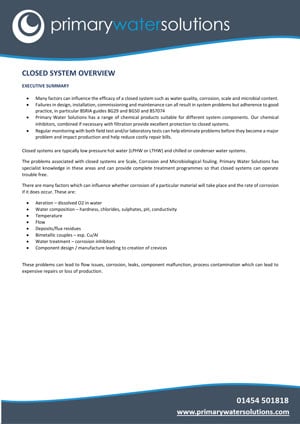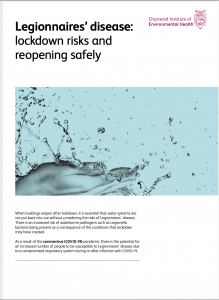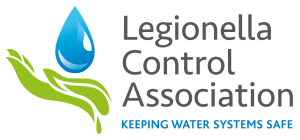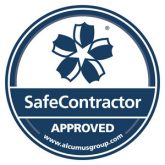Water hygiene & legionella useful information
Primary Water Solutions are independent specialists in Legionella risk assessment in Gloucestershire, Swindon, Bath, Birmingham, Cardiff, Southampton and Reading.
When it comes to finding a specialist in Legionella risk assessment in Gloucestershire., Primary Water Solutions are the perfect choice. From private businesses to public sector buildings in Swindon and throughout the UK, we provide cost-effective user-friendly risk assessments, training and monitoring. As independent specialists in the field, our aim is to control the causes of Legionnaires disease through poor water hygiene.
It is now a legal requirement to be compliant with The Approved Code of Practice L8 (ACoP) to have a legionella risk assessment. The recommended code of conduct for service providers, the Legionella Control Association, recognise our high-standard of service ensuring that you are in safe hands. Plus, each and every one of our on-site surveyors are City & Guilds qualified and full members of the Water Management Society.
In 2013, potentially lethal levels of Legionella bacteria were found in the showers of a Leisure Centre in Swindon. The higher than normal levels of bacteria in the water services were found during a routine check and could have lead to cases of Legionnaires disease. This case in particular identifies that health and safety measures need to be put into force to reduce the risk of potential life-changing scenarios.











